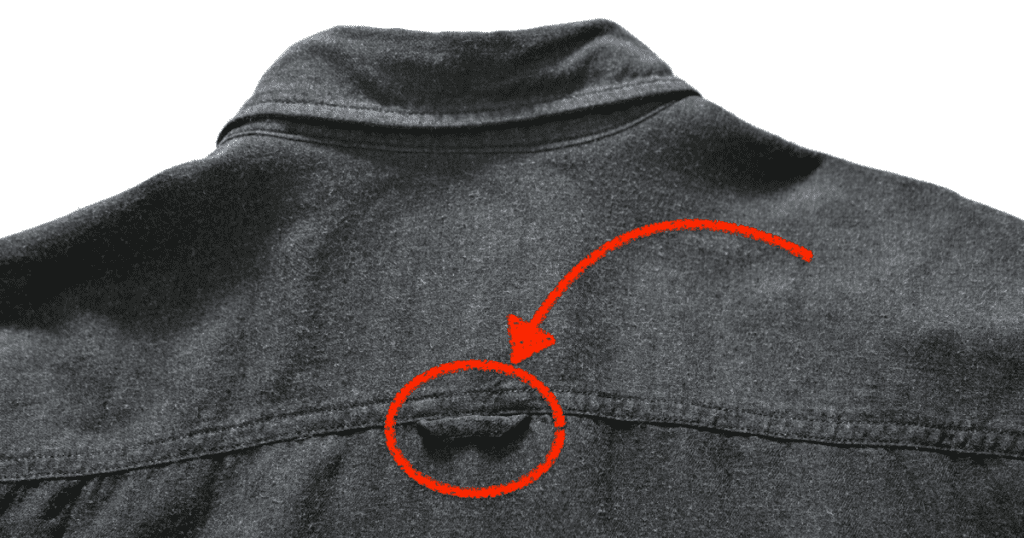The button-down shirt has been a timeless wardrobe essential for a long time. Yet, not many people notice the small loop on the back of the shirt, often called the “locker loop.” This feature carries a rich history and unexpected social significance. From naval practicality to Ivy League symbolism and modern fashion trends, let’s uncover the intriguing story behind the locker loop.
Picture sailors in the Navy with minimal storage space for their uniforms. Seeking a practical solution, the loops were attached to allow easier hanging. This choice was more about function than fashion. These loops sailed into civilian fashion in the 1960s, marking the start of the locker loop’s wider appeal.

From there, the clothing manufacturer GANT played a pivotal role in popularizing the locker loop. GANT introduced these loops to help Ivy League students keep their shirts wrinkle-free in lockers (hence “locker” loop). This clever marketing strategy captivated the style-conscious Ivy League community.
Male students began removing the loop to indicate a change in their relationship status. Women in the 60s would reciprocate by wearing their partner’s scarf. This sweet tradition took a playful twist when some would mischievously yank loops off shirts of those they fancied, sometimes tearing a hole in the shirt.
Loops on the Back: A Nod to Tradition
As Ivy League style spread, having loops on the back of a shirt became a symbol of good taste and high quality. Over the years, iconic brands like GANT, Sero, Wren, Creighton, and Eagle created their own versions of the locker loop. Student-athletes embraced locker loops during sporting events, showcasing the loop’s versatility beyond its original function.
Today, these loops continue to appear on shirts as a nod to history and a means of personalization. While modern hangers have reduced the loop’s practicality, its presence honors the once-prominent Ivy League style. Retailers like Ralph Lauren and J.Crew still offer shirts with locker loops, allowing fans of classic fashion to appreciate this subtle yet storied feature.
Tailoring Choices: Locker Loop Removal or Addition
For those with specific tastes, adding a loop on the back of your shirt offers a customizable touch to your button-down options. Tailors can easily remove or add loops based on individual preferences, letting wearers align their garments with both historical tradition and personal style. Though no longer a functional feature, locker loops remain as a fashion vestige.
Whether used to hang shirts in lockers or just as a design element, locker loops serve as a subtle reminder of the evolution of menswear and its functional beginnings. The next time you button up a shirt, take a moment to appreciate the charm and rich history behind this unassuming loop.